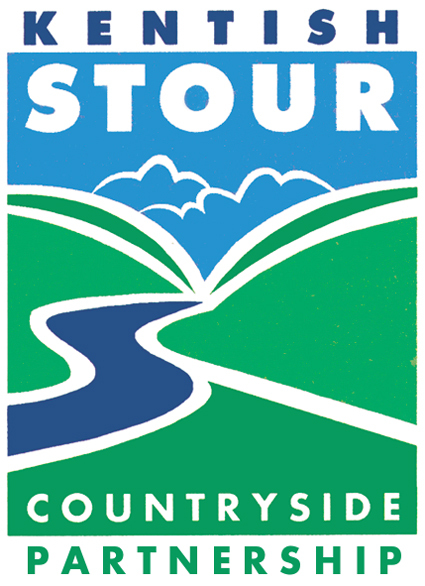Stour Valley Restore projects
Landscape Restoration Projects
Rare Rivers, Extraordinary Streams
The Great Stour is a globally rare chalk stream and at the heart of our scheme area. Rare Rivers, Extraordinary Streams is our flagship chalk stream and water environment focused project. There are three strands to the work we are planning. Landowner engagement: providing advice and learning events for landowners focusing on their role in tackling the issues affecting chalk streams including diffuse pollution, water usage and soil management. Public engagement: helping people to understand the importance of chalk streams and how their actions can positively impact on them; advice, digital content and home visits to show people how to make their house and garden chalks-stream freindly. River projects: physical works to rivers and floodplains to improve the condition of chalk streams and other watercourses.
Working with: national agencies, water companies, landowners, local authorities and bodies, community groups.

Restoring Priority Habitats
We are currently seeking proposals for land management projects that will benefit biodiversity and build climate resilience to include in our bid. This can include habitat restoration or creation, water storage, measures to enable management (e.g. fencing), enhancing landscape quality, protecting heritage features, access and interpretation. We are targeting land with a designation and land where projects would restore, extend, buffer or connect priority habitats. We have a number of landowners and managers on board but are looking for more.
Working with: landowners and organisations that own and manage protected sites, including community groups and parish councils.
Land for Nature and Climate grants
Our Land for Nature and Climate grant programme would provide funding, up to £25,000 per application, for land management projects for biodiversity and climate adaptation. This can include creation and restoration of ponds, small wetlands, hedges, wild flower areas and other habitats, tree planting, water storage, fencing to enable grazing…in fact anything that will benefit biodiversity and build climate resilience within our scheme area. Public access, interpretation and outdoor education facilities will also be eligible, as will equipment and machinery for management. You can express your interest in a grant now.
Working with: a very broad range of landholders including farmers, community groups, smallholders, equestrian, fishing lakes, schools, colleges, universities, parish councils, allotments, churches, campsites, visitor attractions, businesses.
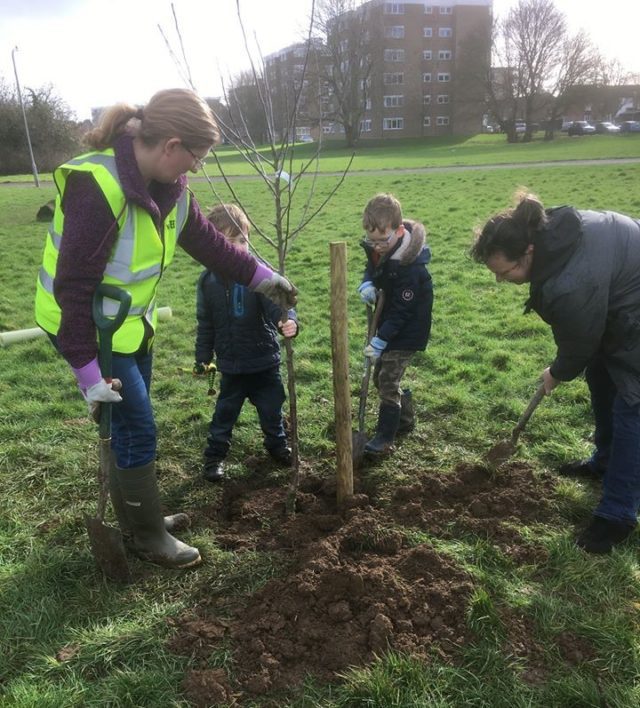
Climate Adaptation Action Plan
Producing a Climate Adaptation Action Plan would help us to deliver the Stour Valley Restore vision, by guiding and targeting where we focus our efforts to get land management projects off the ground and what those projects should be. It would define measures to enhance the ability of biodiversity – especially priority habitats and species as defined by the Kent and Medway Local Nature Recovery Strategy – to adapt to climate change and include mapping to pinpoint where those measures would have the greatest impact.
Working with: national agencies, local authorities, universities, landowners, community groups.
Species Recovery Projects
Canterbury, Nature City
This is our flagship community wildlife project, which would tap into the energy and enthusiasm of local groups in celebrating and protecting urban biodiversity throughout the city, including one of the very few un-enclosed urban beaver populations in the UK. It would also focus on: house martins, with a community monitoring and nest box scheme; pollinators, with the establishment of a pollinator corridor from Chartham to Fordwich; bats, with the installation of bat friendly lighting and roosting boxes; the value of heritage sites for wildlife (including peregrines at the cathedral); greening urban gardens, particularly for hedgehogs; improving urban greenspaces and parks; increasing tree cover for urban cooling and wildlife. There will be lots of community events and activities, including an annual Wildlife Festival. The project would give participating groups access to support and funding to enable them to realise their ambitions, and deliver community activities and environmental projects.
Working with: local authorities, universities, community groups.
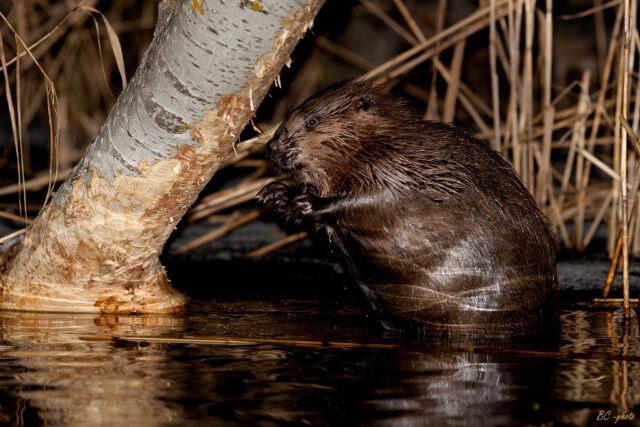
Turtle Dove Project
A community conservation project focused on engaging local people in positive action for turtle doves. A unique volunteer-led turtle dove feeding area has been established in Staple, and we would seek to use this as a model for more feeding stations in other parishes in Turtle Dove Friendly Zones. We would set up and equip a volunteer team to manage feeding areas across the landscape, increase monitoring on farmland, and create new ponds and areas of scrub as habitat.
Working with: national and local wildlife organisations, community groups, parish councils.
Wetland Mammals Project
The Lower Stour is an important stronghold for water voles. This project would focus on surveying populations, controlling invasive species and enhancing management of farmland to benefit water voles, but also beavers, otters, water shrews and harvest mice (which in many parts of Kent are now strongly associated with rivers and marshland ditches). Local people would get involved in surveys and monitoring.
Working with: national and local wildlife organisations, community groups.
Fisher’s Estuarine Moth Project
The Stour Valley Restore scheme area encompasses one of a handful of sites where this very rare moth is found. This project would extend existing habitat, create new areas of habitat and monitor populations. Local people, landowners and nurseries would get involved in growing and planting of the moth’s foodplant.
Working with: national and local wildlife organisations, community groups.
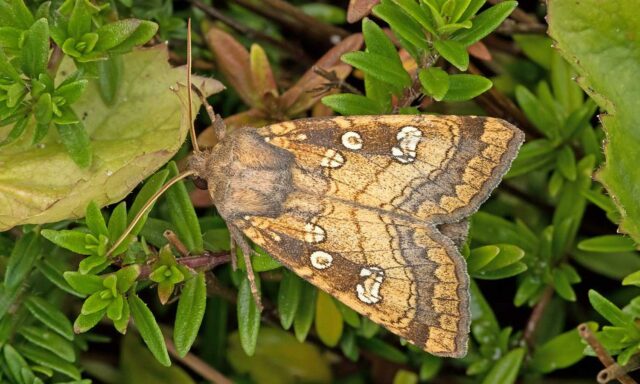
Migratory Fish Project
The Stour Catchment is home to important populations of declining European eel and river lamprey, as well as brown trout and other fish associated with chalk streams. This project will gather data on populations, water quality and other factors affecting migratory fish and also investigate whether a population Atlantic salmon still exists in the Stour. Findings will help to target improvements to rivers that will benefit fish and other river wildlife.
Working with: national agencies, water companies, landowners, local authorities and bodies, angling an other community groups.
Heritage and Landscape projects
Britain’s Ancient Gateway
A community heritage project focused on the Wantsum Channel, improving our understanding of this dynamic landscape over time and raising awareness of its historical significance. The Wantsum once separated Kent from the Isle of Thanet; it was also an important arrival point and strategic waterway for the Romans and Anglo-Saxons, as well as the traditional landing site of Saint Augustine. This project would deliver community-centred archaeology, hands-on activities, research, mapping, guided walks, talks, and learning.
Working with: national and local heritage organisations, local authority heritage teams, community groups.
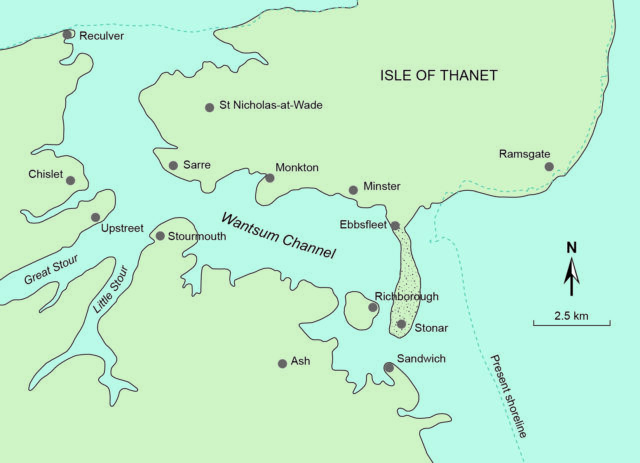
Tracks Through Time
A public history and access project that traces ancient, lost, and evolving movement routes across the Stour Valley—from prehistoric tracks and pilgrimage routes to wartime corridors and farm droves. By reimagining these paths physically, historically, and creatively, the project invites people to walk the valley with new awareness, uncovering stories of travel, connection, and change. Activity would include: researching and mapping old and lost routes; oral history recording and old photo archiving, connected to movement of people and routes; guided walks programme and narrative interpretation.
Working with: national and local heritage organisations, local authority heritage teams, community groups.
Access and visiting projects
Accessible Landscapes
A landscape-scale access, rights of way, and interpretation project designed to connect communities with nature and heritage across the Stour Valley, enhancing accessibility and inclusion while protecting sensitive habitats. We would base this on a network of access hubs/gateways at key sites and in settlements, promoting circular walks from hubs that enable access and in some cases divert visitors from sensitive areas. Accessibility improvements would include surfacing, replacing stiles with gates, new signage with accessibility information, seating/rest areas and shelters. A new Wantsum Walk would links the King Charles III England Coast Path with the Stour Valley Walk.
Working with: local authorities, Public Rights of Way team, walking groups, hub/gateway site managers, parish councils.
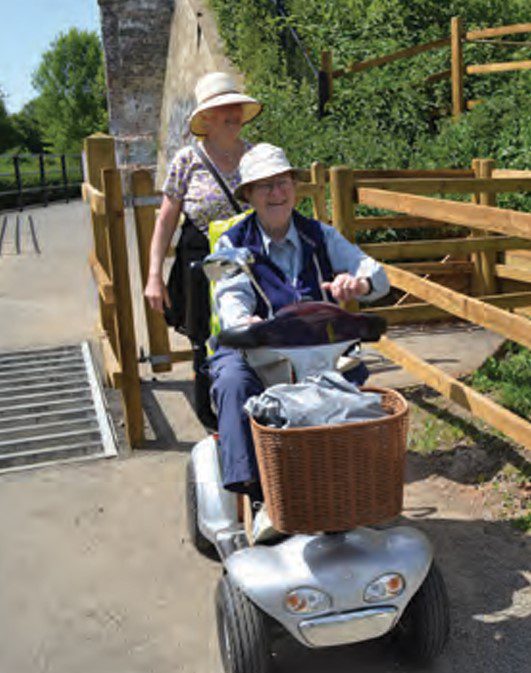
Sustainable Transport and Tourism Project
A project promoting and enabling active travel, public transport and eco tourism for local people and visitors. This multi-faceted initiative would: promote cycling, walking and wheeling; promote Canterbury as a cycling hub; make improvements to the Stour Valley’s main cycle route, NCR18; promote use of trains and buses, particularly to encourage visitors to Canterbury out into countryside to relieve pressures on the city’s heritage (with links to Accessible Landscapes project in promoting routes out of city); promote use of the wider landscape and its heritage sites in the perception of Canterbury’s visitor offer. We would provide assisted visits for groups to build confidence in using sustainable transport and provide use of an electric vehicle to enable groups to access the landscape for those unable to use public transport. We would also promote existing eco-tourism and assist providers to develop new nature-focused experiences, and develop Green Visitor code for Canterbury.
Working with: Visit Kent, local authorities, Sustrans, cycling groups, public transport providers, local tourism providers and bodies.
Learning and creativity projects
Stour Valley Voices and Visions
A community creativity project centred on co-creation, exploring and celebrating the natural and cultural heritage of the Stour Valley through a wide variety of creative activities and media. Local people will take part in creative processes to explore their relationship to central themes of Stour Valley Restore – the climate and biodiversity crises, ecological and community regeneration, landscape change in the past and present. We want to make the Stour Valley’s heritage more relevant and accessible through the use of creative activities. The project will consist of three interconnected strands: 1. Digital media (particularly audio content but also video); 2. Temporary interventions in the landscape (physical structures, ephemeral installations, time-based, performance); 3. functional sculptural structures (seating and shelters).
Working with: local arts groups, artists, creatives, makers, site managers, landowners, community groups, parish councils.
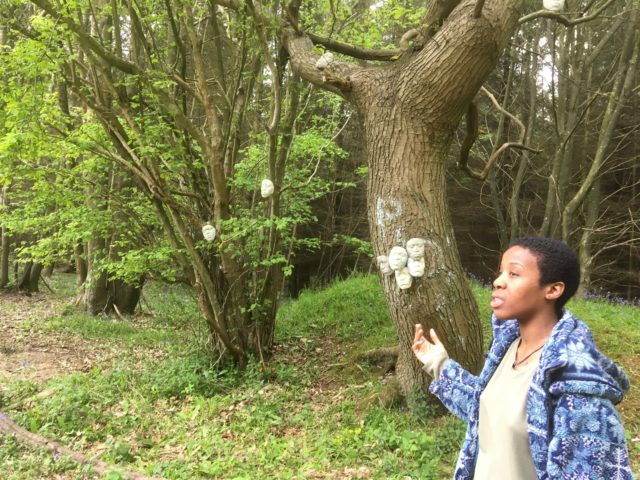
Environmental Education Programme
A formal education activity programme for schools, colleges and universities. This project would be strongly linked to many of the above projects, which will have educational resources as outputs, together making up a body of activities that can be provided for schools, colleges and universities, at a network of sites including nature reserves, parks and venues with indoor facilties/classrooms.
Working with: schools, colleges, universities, environmental education venues, providers and bodies.
